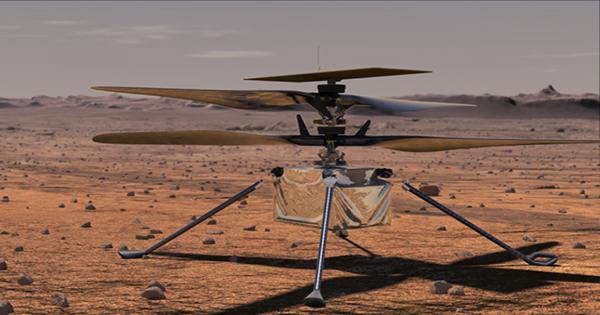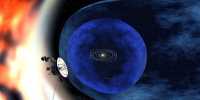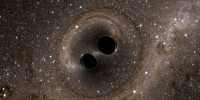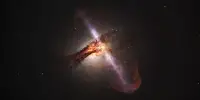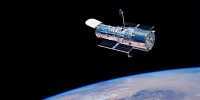When NASA persevered to send a small helicopter to Mars, it didn’t know if the technology demonstration would work – nothing had ever flown on Mars before. After three successful flights, the impetus to make history was so well served that the Space Agency decided to end the technology demonstration early and make it a full-fledged managing partner of the firm.
Just after this announcement last week, the Mars helicopter took flight again, making it its longest, fastest and most distant. For each flight we got a visually stunning view, taking pictures and taking pictures after the orbit had swept across the surface of Mars.
Now, there’s another dimension to the experience as NASA reveals that perseverance actually caught the helicopters blades spinning very loudly (extended for clarity), something some teams didn’t expect they would be able to capture at all.
David Mimoun, science lead for the SuperCam Mars microphone, said in a statement, “It’s a very good surprise.” “We tested and simulated that the microphone would just pick up the sounds of the helicopter, because the Martian environment drastically reduces the sound propagation.
We are lucky to register helicopters far away. This recording will be a gold mine for our understanding of the Martian environment. The fourth aircraft was going on a 266-meter (873-foot) round trip more efficiently, taking more observations than ever before. This is important for the fifth aircraft, today May, which is expected to inspire the first one-way trip to find a new airfield.
The small robot will follow four aircraft paths for 129 meters (432 feet), then double the height it has reached (up to 10 meters / 33 feet) where it will take a few colorful pictures of the area and finally land itself in a new position. This is truly a wonderful way to study the solar system, and it is as we see it. This is truly a wonderful way to study the solar system, and it is as we see it.
